Green Campus: Amazing Container Classrooms
On the edge of the rainforest in Sabah, East Malaysia, there is a unique school that provides education for stateless children. It is a prefabricated building featuring containers, designed to provide children with a safe and happy learning environment. This blog will discuss the advantages of this container school, things to pay attention to, and some decoration tips.
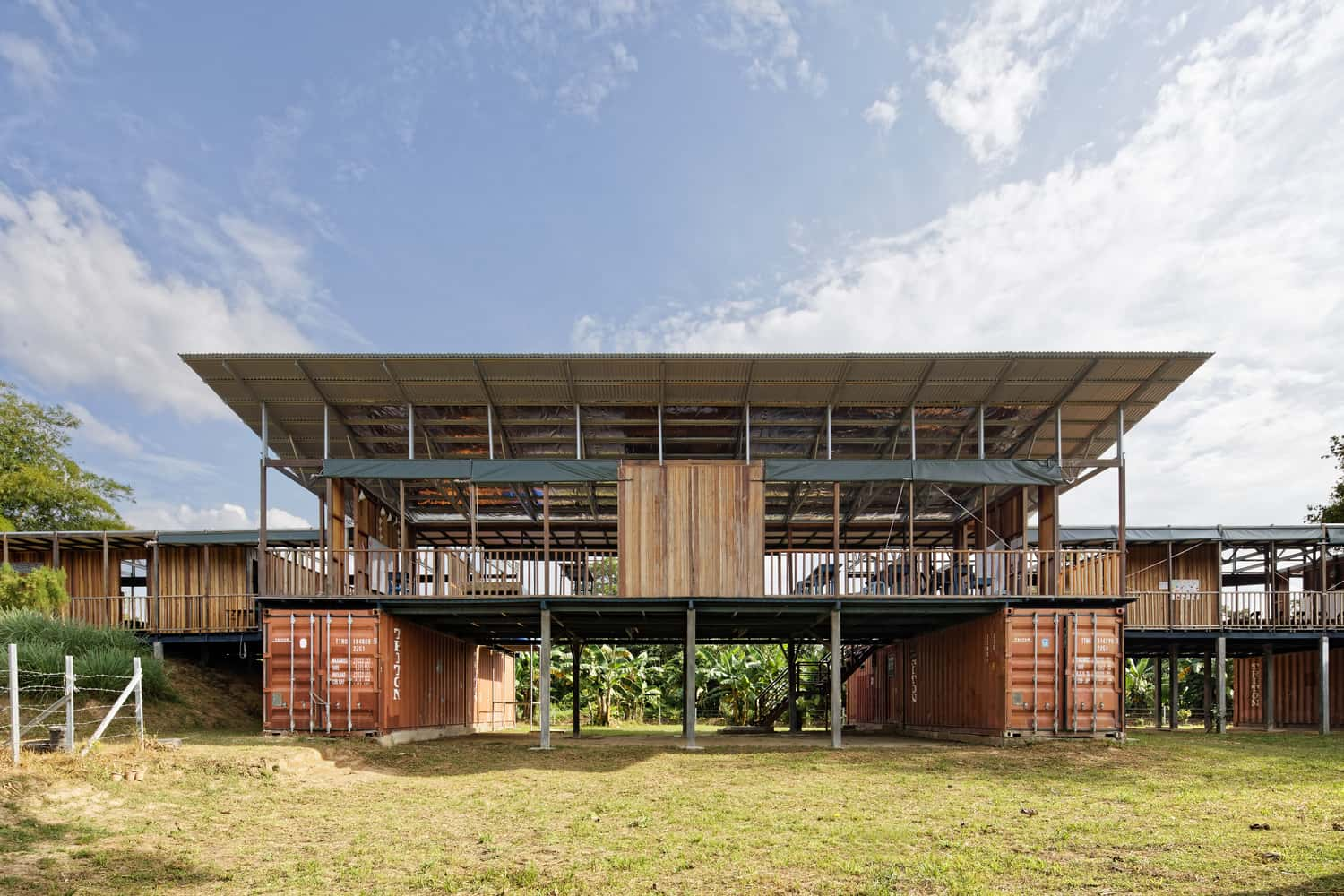
Advantages of container schools
1. Environmental adaptability
Since the school is located on the edge of the rainforest and built along a river that is prone to flooding, the school was designed with this environmental challenge in mind. Unlike traditional buildings, the container classrooms are lifted off the ground, effectively avoiding the threat of flooding. This design not only improves the safety of the school, but also reduces the impact on the environment.
2. Sustainability
The school uses five abandoned containers as the supporting structure of the classrooms, which can also be used as storage space and toilets. This recycling practice not only reduces construction costs, but also embodies the concept of sustainability.
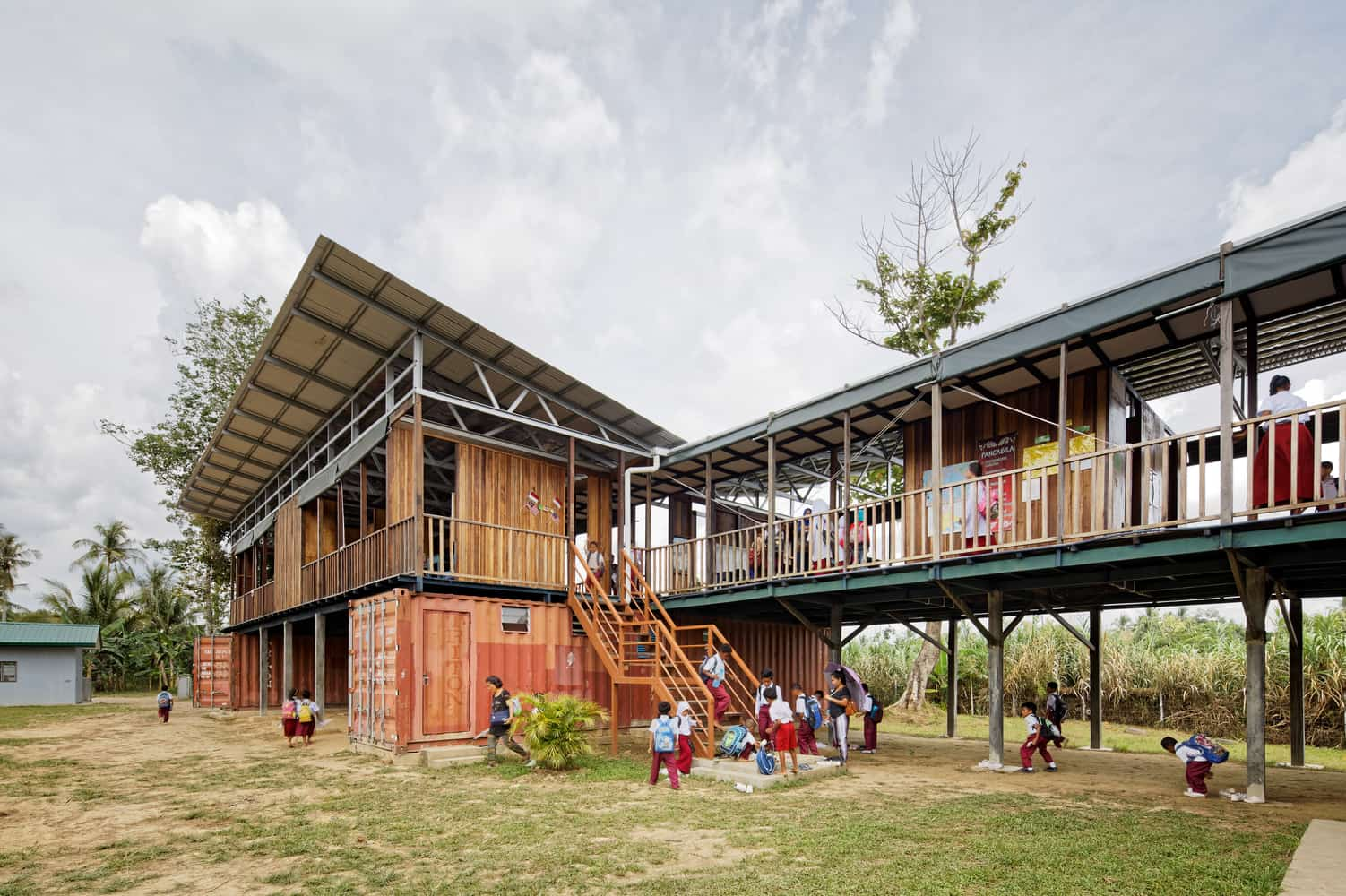
3. Flexibility
The structure of the container classroom creates many activity spaces for children, such as stairs, ladders, and slopes of earth piles.
4. Quick installation
The biggest advantage of the container classroom is its portability, which can be built in the shortest time. After the container is prefabricated in the factory, it is transported to the construction site for installation, which often only takes a few weeks.
Container classrooms have the advantages of high cost-effectiveness and high flexibility, but they also require proper maintenance.
Here are the things to pay attention to:
1. Protective measures
It is crucial to take protective measures such as water, fire, moisture, and cold. Adding materials such as rock wool and glass wool to container classrooms will help increase the protective performance of containers. To protect children from harm in container classrooms.
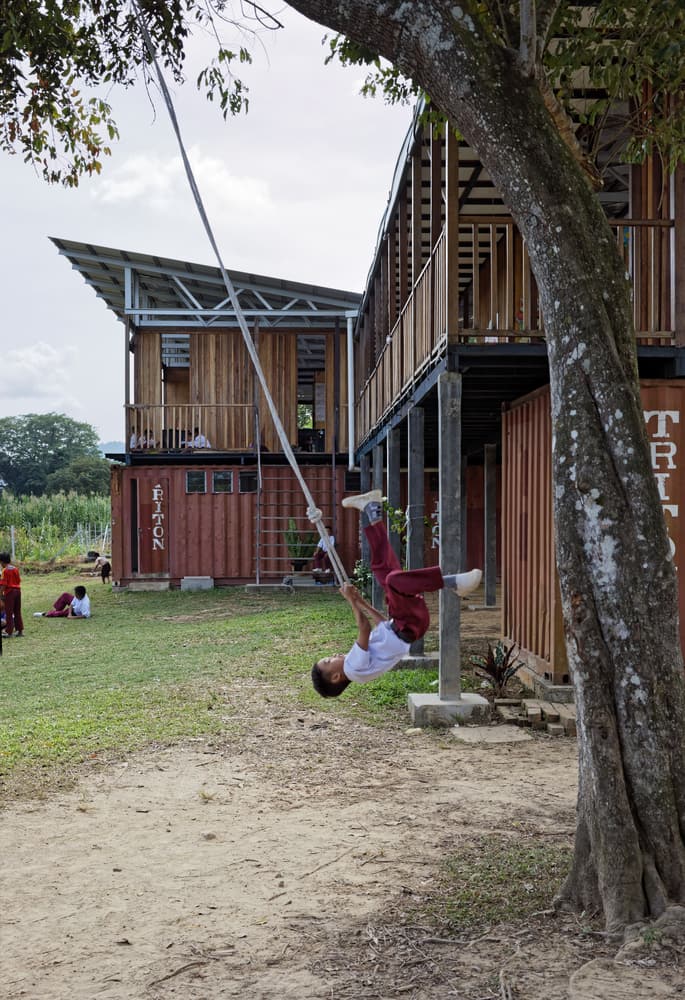
2. Insulation and ventilation
Container classrooms must have good insulation and ventilation systems. In addition to maintaining natural ventilation, it may be necessary to consider installing air conditioners, fans or heating equipment according to the local climate. This ensures that a comfortable indoor temperature can be maintained in hot or cold weather.
3. Safety
Although containers provide a sturdy structure, schools still need to ensure the safety of all facilities, including stairs, ladders and ramps, to prevent children from getting injured while playing.
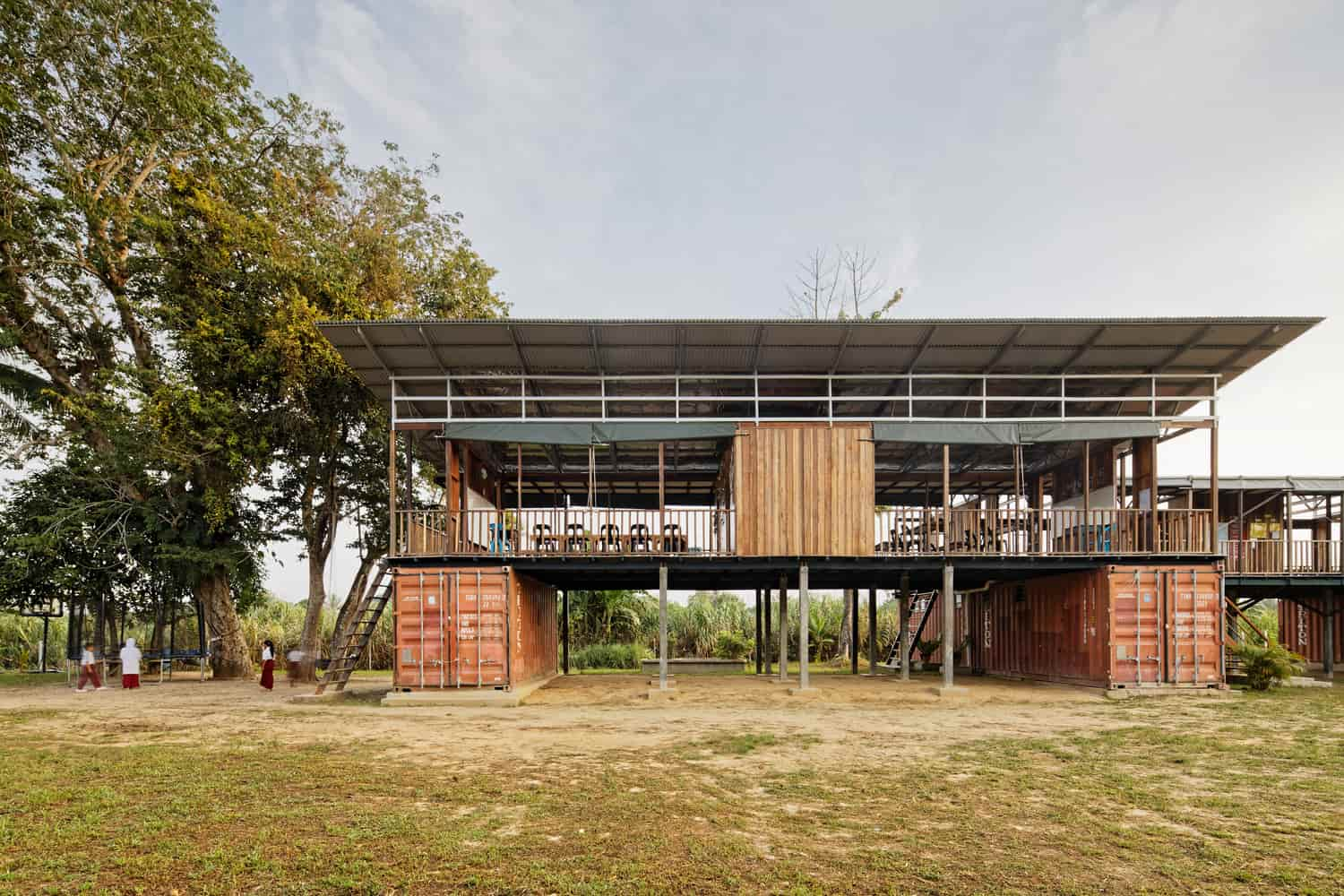
Despite its many advantages, container classrooms also need to be decorated.
Here are some decoration tips we recommend for you:
1. Colors and decorations
Consider using bright colors and decorations, such as murals with education themes on the walls. Or let children participate in painting to stimulate their creativity and interest in learning.
2. Multifunctional space
Design multifunctional spaces, such as reading rooms and group work rooms, to accommodate different teaching needs. Since the space in container classrooms is limited, they can be equipped with movable furniture to facilitate rearrangement as needed.
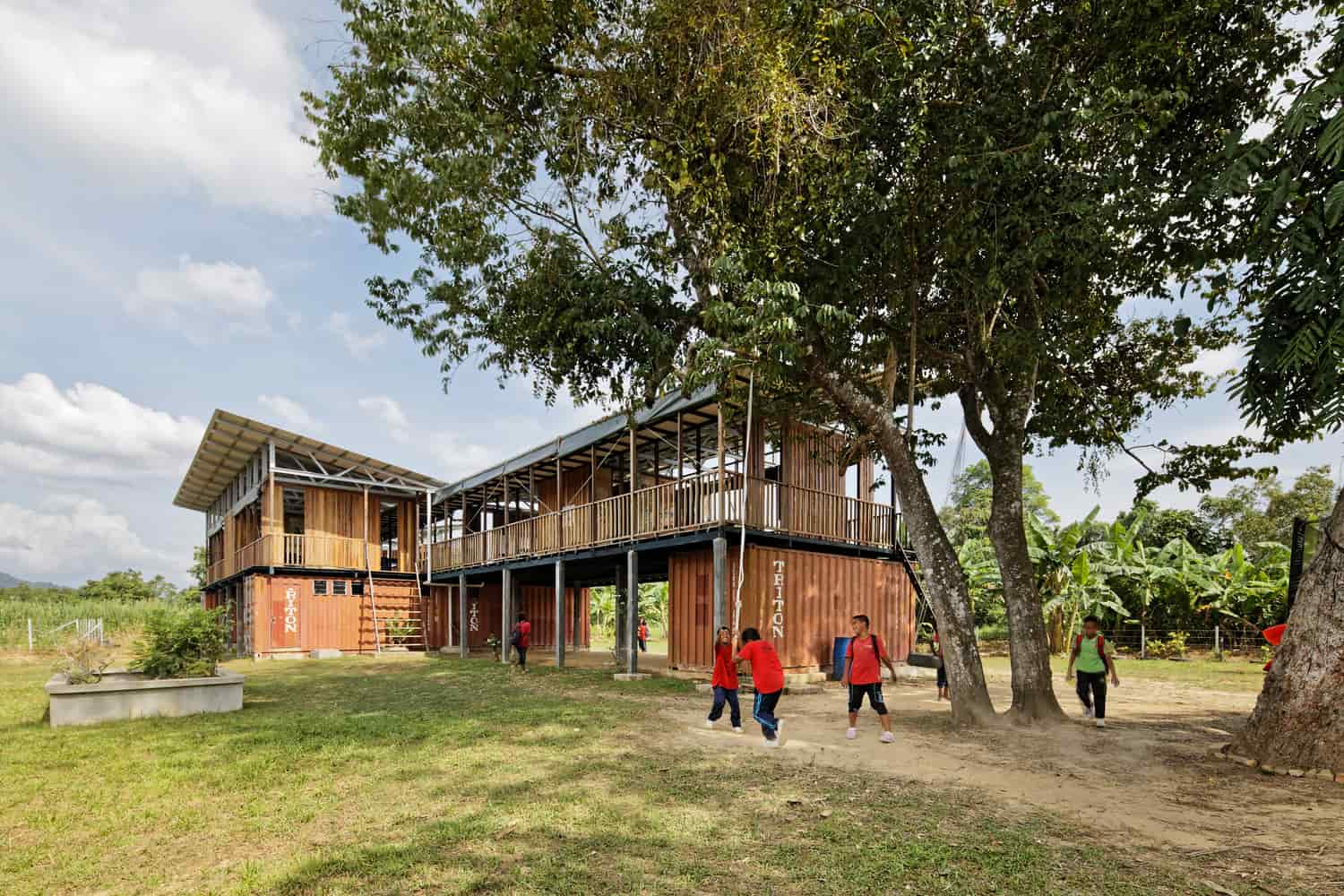
3. Increase greenery
Increase greenery on campus, such as planting native plants and creating gardens. Not only can it beautify the environment, but it can also serve as a teaching tool for children to learn about nature and ecology.
The Green Container School is an innovative educational project that demonstrates the potential of container buildings in the field of education. Through its unique design and environmental protection concept, this project provides children with a learning environment full of vitality and hope.